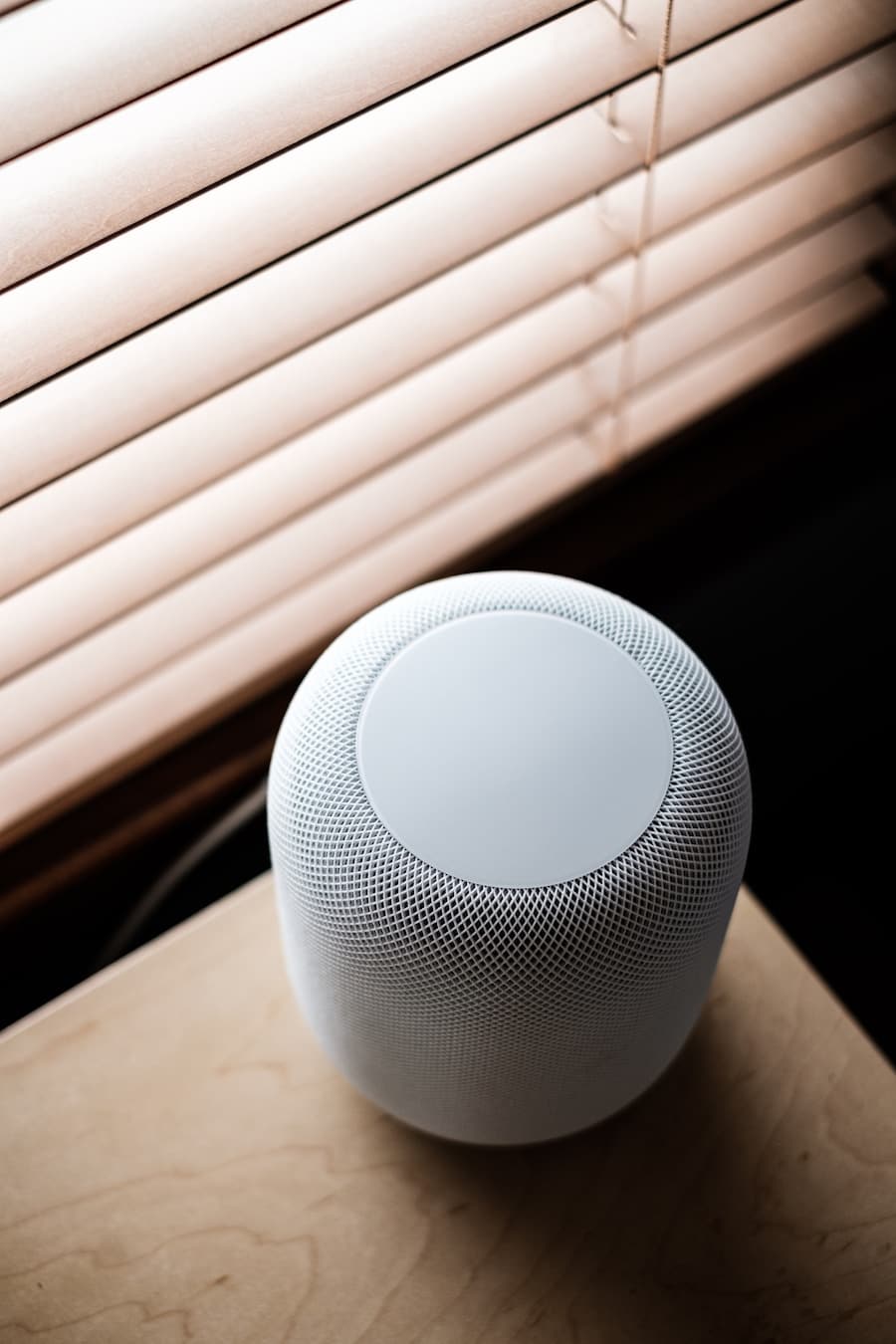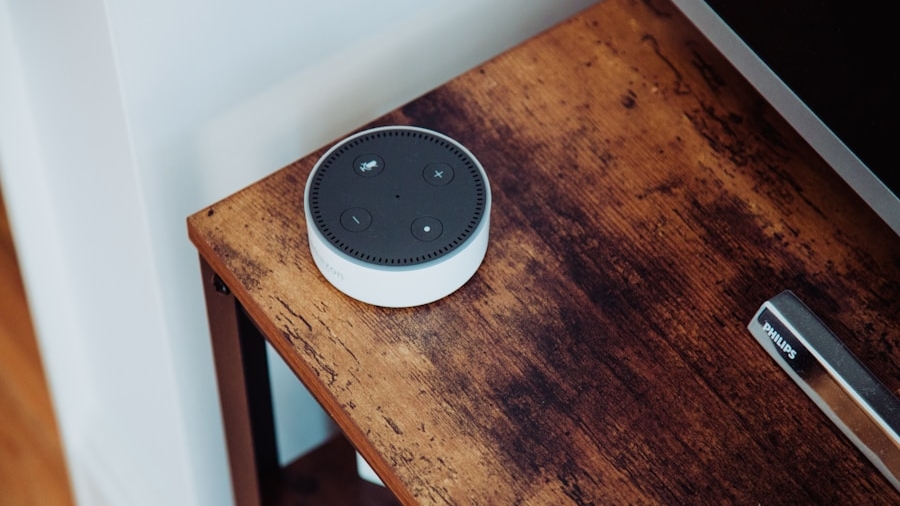The advent of smart home technology has revolutionized the way individuals interact with their living environments. At the heart of this transformation lies predictive behavior analysis, a sophisticated application of artificial intelligence (AI) that anticipates user needs and preferences. This technology leverages vast amounts of data collected from various smart devices, such as thermostats, lighting systems, and security cameras, to create a seamless and intuitive living experience.
By analyzing patterns in user behavior, smart home systems can adjust settings automatically, enhancing comfort, security, and energy efficiency. Predictive behavior analysis in smart homes is not merely about convenience; it represents a significant leap toward creating environments that are responsive and adaptive. For instance, a smart thermostat can learn when occupants are typically home or away and adjust heating or cooling accordingly, leading to substantial energy savings.
This capability extends beyond mere automation; it embodies a deeper understanding of human habits and preferences, allowing technology to integrate more harmoniously into daily life. As we delve into the current state of AI in smart home technology, it becomes evident that predictive behavior analysis is poised to redefine our interactions with our homes.
Key Takeaways
- Smart home predictive behavior analysis uses AI to anticipate and automate actions based on user behavior and preferences.
- Current AI in smart home technology focuses on voice assistants, energy management, security, and personalized user experiences.
- Advancements in AI for predictive behavior analysis include machine learning algorithms, sensor integration, and context-aware computing.
- AI in smart homes offers benefits such as energy efficiency, improved security, personalized experiences, and convenience.
- Challenges and limitations of AI in smart home predictive behavior analysis include data privacy, security vulnerabilities, and potential biases in decision-making algorithms.
- Ethical and privacy considerations in AI for smart home technology involve user consent, data protection, and transparency in AI decision-making processes.
- Future trends in AI for smart home predictive behavior analysis include more advanced machine learning models, integration with IoT devices, and enhanced user personalization.
- AI is set to have a significant impact on the future of smart home predictive behavior analysis, revolutionizing the way homes operate and enhancing the overall user experience.
Current State of AI in Smart Home Technology
Personalized Experiences through Machine Learning
For example, smart speakers can learn a user’s voice and preferences, allowing for personalized responses and recommendations. This level of customization is made possible through machine learning algorithms that can process vast amounts of data and adapt to user behavior.
Limitations of Current AI Capabilities
Despite these advancements, the current state of AI in smart homes is still evolving. Many systems operate on relatively simple algorithms that respond to direct commands rather than anticipating user needs. While voice recognition and basic automation are prevalent, the deeper integration of predictive analytics remains in its infancy.
A Future of Autonomous Living
Most smart home devices still require user input to function optimally, which can limit their effectiveness in creating a truly autonomous living environment. However, as manufacturers continue to invest in AI research and development, the potential for more sophisticated predictive behavior analysis is becoming increasingly apparent. As AI technology continues to advance, we can expect to see more seamless and intuitive smart home experiences that truly enhance our daily lives.
Advancements in AI for Predictive Behavior Analysis

Recent advancements in AI have significantly enhanced the capabilities of predictive behavior analysis within smart homes. Machine learning techniques, particularly deep learning, have enabled systems to analyze complex datasets more effectively. For instance, neural networks can process vast amounts of information from various sensors and devices, identifying patterns that were previously undetectable.
This allows for more accurate predictions regarding user behavior and preferences. Moreover, the integration of Internet of Things (IoT) technology has further propelled advancements in predictive behavior analysis. IoT devices continuously collect data on user interactions and environmental conditions, providing a rich source of information for AI algorithms.
For example, a smart lighting system can learn when users typically turn lights on or off and adjust its settings accordingly. Additionally, advancements in natural language processing (NLP) have improved the ability of smart home systems to understand and respond to user commands in a more conversational manner. This evolution not only enhances user experience but also lays the groundwork for more proactive and intelligent home environments.
Benefits of AI in Smart Home Predictive Behavior Analysis
The benefits of implementing AI-driven predictive behavior analysis in smart homes are manifold. One of the most significant advantages is increased energy efficiency. By learning user habits and preferences, smart systems can optimize energy consumption without sacrificing comfort.
For instance, a smart thermostat that adjusts heating or cooling based on occupancy patterns can lead to substantial reductions in energy bills while maintaining an ideal living environment. In addition to energy savings, predictive behavior analysis enhances security within smart homes. AI systems can analyze data from security cameras and motion sensors to identify unusual patterns or behaviors that may indicate a security threat.
For example, if a camera detects movement at an unusual hour when the house is typically empty, it can alert homeowners or trigger an automated response, such as activating alarms or notifying law enforcement. This proactive approach to security not only provides peace of mind but also empowers homeowners to take control of their safety.
Challenges and Limitations of AI in Smart Home Predictive Behavior Analysis
Despite the promising benefits of AI in predictive behavior analysis for smart homes, several challenges and limitations persist. One major hurdle is the issue of data privacy and security. Smart home devices collect vast amounts of personal data, raising concerns about how this information is stored and used.
Ensuring robust cybersecurity measures is essential to maintain user trust and protect personal information. Another challenge lies in the accuracy of predictive algorithms.
While machine learning models can identify patterns based on historical data, they may struggle with unexpected changes in user behavior or environmental conditions. For instance, if a family member’s schedule changes due to a new job or school routine, the system may take time to adapt, leading to potential discomfort or inefficiency during the transition period. Additionally, reliance on data-driven predictions may inadvertently lead to a lack of personalization if users feel that their unique preferences are not adequately considered.
Ethical and Privacy Considerations in AI for Smart Home Technology

The ethical implications surrounding AI in smart home technology are complex and multifaceted. As these systems become more integrated into daily life, questions arise regarding user consent and data ownership. Homeowners must be informed about what data is being collected, how it is used, and who has access to it.
Transparency is crucial in fostering trust between users and technology providers. Moreover, there is a growing concern about algorithmic bias in predictive behavior analysis. If the data used to train AI models is not representative of diverse populations, the resulting predictions may inadvertently favor certain demographics while marginalizing others.
This could lead to unequal access to benefits provided by smart home technologies or reinforce existing societal biases. Addressing these ethical considerations requires ongoing dialogue among stakeholders, including developers, policymakers, and consumers.
Future Trends and Innovations in AI for Smart Home Predictive Behavior Analysis
Looking ahead, several trends and innovations are likely to shape the future of AI-driven predictive behavior analysis in smart homes. One promising direction is the increased use of edge computing, which allows data processing to occur closer to the source rather than relying solely on cloud-based solutions. This shift can enhance response times and reduce latency in smart home systems, enabling real-time adjustments based on user behavior.
Additionally, advancements in explainable AI (XAI) are expected to play a crucial role in improving user trust and understanding of predictive algorithms. By providing insights into how decisions are made by AI systems, users can gain greater confidence in the technology’s capabilities and limitations. Furthermore, as interoperability among different smart devices improves, users will benefit from more cohesive ecosystems that work together seamlessly to enhance their living environments.
The Impact of AI on the Future of Smart Home Predictive Behavior Analysis
The integration of AI into smart home predictive behavior analysis represents a transformative shift in how we interact with our living spaces. As technology continues to evolve, the potential for creating homes that anticipate our needs and preferences will only grow stronger. While challenges related to privacy, security, and algorithmic bias must be addressed, the benefits of enhanced energy efficiency and improved security are undeniable.
As we move forward into an increasingly connected world, the impact of AI on smart home technology will likely redefine our expectations for comfort and convenience within our homes. The journey toward fully autonomous living environments is just beginning; however, with continued innovation and ethical considerations at the forefront, we can look forward to a future where our homes not only respond to us but also understand us on a deeper level.
In a related article discussing the latest trends on social media, Top Trends on Instagram 2023, the impact of AI in shaping user behavior and preferences is highlighted. Just like in smart home predictive behavior analysis, AI algorithms are being used to analyze data and predict future trends on social media platforms. This demonstrates the versatility and potential of AI technology in various aspects of our daily lives, from home automation to social media engagement.
FAQs
What is AI in smart home predictive behavior analysis?
AI in smart home predictive behavior analysis refers to the use of artificial intelligence technology to analyze and predict the behavior of individuals within a smart home environment. This can include predicting patterns of usage for various devices, anticipating the needs of the occupants, and optimizing energy usage based on historical data.
How does AI enable predictive behavior analysis in smart homes?
AI enables predictive behavior analysis in smart homes by utilizing machine learning algorithms to analyze data from various sensors and devices within the home. This data is used to identify patterns and trends, which can then be used to make predictions about future behavior and optimize the home environment accordingly.
What are the potential benefits of AI in smart home predictive behavior analysis?
The potential benefits of AI in smart home predictive behavior analysis include improved energy efficiency, enhanced convenience for occupants, and the ability to anticipate and address potential safety or security concerns. By understanding and predicting behavior, smart home systems can proactively adjust settings and make recommendations to improve the overall living experience.
What are some potential applications of AI in smart home predictive behavior analysis?
Some potential applications of AI in smart home predictive behavior analysis include personalized climate control based on individual preferences, predictive maintenance for home appliances and systems, and the ability to anticipate and prevent potential safety hazards based on historical data.
What are the challenges associated with AI in smart home predictive behavior analysis?
Challenges associated with AI in smart home predictive behavior analysis include privacy concerns related to the collection and analysis of personal data, the need for robust and reliable data from sensors and devices, and the potential for biases in the algorithms used for predictive analysis. Additionally, ensuring the security of the AI systems and protecting against potential cyber threats is a significant challenge.

